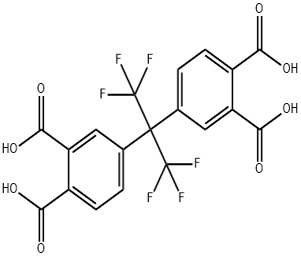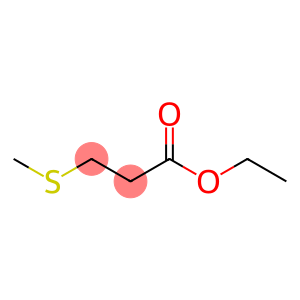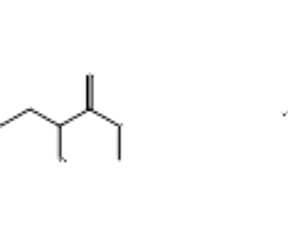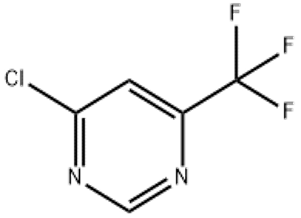Isoamyl acetate(CAS#123-92-2)
| Hazard Symbols | Xi – Irritant |
| Risk Codes | R10 – Flammable R66 – Repeated exposure may cause skin dryness or cracking R36/37/38 – Irritating to eyes, respiratory system and skin. |
| Safety Description | S23 – Do not breathe vapour. S25 – Avoid contact with eyes. S2 – Keep out of the reach of children. S36/37/39 – Wear suitable protective clothing, gloves and eye/face protection. S26 – In case of contact with eyes, rinse immediately with plenty of water and seek medical advice. S16 – Keep away from sources of ignition. |
| UN IDs | UN 1104 3/PG 3 |
| WGK Germany | 1 |
| RTECS | NS9800000 |
| TSCA | Yes |
| HS Code | 29153900 |
| Hazard Class | 3 |
| Packing Group | III |
| Toxicity | LD50 orally in Rabbit: > 5000 mg/kg LD50 dermal Rat > 5000 mg/kg |
Introduction
Isoamyl acetate. The following is an introduction to the properties, uses, preparation methods and safety information of isoamyl acetate:
Quality:
1. Appearance: colorless liquid.
2. Sense of smell: There is a fruit-like aroma.
3. Density: about 0.87 g/cm3.
5. Solubility: soluble in a variety of organic solvents, such as alcohols and ethers.
Use:
1. It is mainly used as a solvent in industry, which can be used to dissolve resins, coatings, dyes and other substances.
2. It can also be used as a fragrance ingredient, commonly found in fruit flavor flavoring.
3. In organic synthesis, it can be used as one of the reagents for esterification reaction.
Method:
The preparation methods of isoamyl acetate are mainly as follows:
1. Esterification reaction: isoamyl alcohol is reacted with acetic acid under acidic conditions to generate isoamyl acetate and water.
2. Etherification reaction: isoamyl alcohol is reacted with acetic acid under alkaline conditions to generate isoamyl acetate and water.
Safety Information:
1. Isoamyl acetate is a flammable liquid and must be kept away from open flames and high temperatures.
2. Wear appropriate protective gloves and goggles when using to avoid contact with skin and eyes.
3. Avoid inhaling the vapor of the substance and ensure that the operating environment is well ventilated.
4. If you ingest, inhale or come into contact with large amounts of the substance, seek medical attention immediately.








